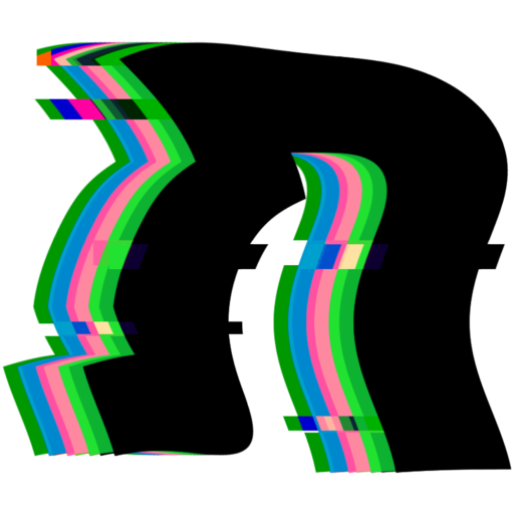
I Tracked A Dead Man Down A Trench: A Poem Revisit (or Analysis, If I Dare Say)
‘I tracked a dead man down a trench’
I tracked a dead man down a trench, I knew not he was dead. They told me he had gone that way, And there his foot-marks led. The trench was long and close and curved, It seemed without an end; And as I threaded each new bay I thought to see my friend. At last I saw his back. He crouched As still as still could be, And when I called his name aloud He did not answer me. The floor-way of the trench was wet Where he was crouching dead; The water of the pool was brown, And round him it was red. I stole up softly where he stayed With head hung down all slack, And on his shoulders laid my hands And drew him gently back. And then, as I had guessed, I saw His head, and how the crown - I saw then why he crouched so still, And why his head hung down.
W. S. S. Lyon
The Penguin Book of First World War Poetry, p.110-111
This poem is from the anthology The Penguin Book of First World War Poetry. It is a poem that struck me in my heart deeply, so I want to write about it first. There will be a lot more posts about the poetry of the Great War to come.
Just by reading the title of the poem, it begs a series of questions. Who is the narrator? Perhaps the author himself – which implies this is kind of autobiographical writing. Or perhaps it’s a nameless soldier, a fictional surrogate of the author who goes through an emotional dramatized version of the event. We can’t be sure. Another question is who is the dead man? Another nameless soldier? A friend from home? His brother or his relative? A man who the narrator goes through thick and thin with, thus becomes his sole companion in the hellish environment of war? The last question is about the reason that makes the narrator tracking this person down a trench. Is it just out of curiosity, or is it something more? Along the line, we will find answers to some of these questions.
The first and the second stanza reveal to us the relationship between these two soldiers. They are friends. The narrator is worried. He could not see his friend so he decides to ask other soldiers of his whereabouts. They told him the way. The narrator follows and soon finds his friend’s foot-marks on the ground.
The second stanza tells us about the unpleasant nature of the trench. It’s “long, narrow, curve”, and also wet (hence the foot-marks). The narrator is worried sick and wants to find him as soon as possible, so in his feeling, the trench becomes “without an end”.
The third stanza tells us about the brutality of the war. He has to stoop to the ground in an uncomfortable manner because if he even dares raise his head, he will be shot to death.
The narrator then finally finds his friend in the fourth stanza. But his friend sits unusually still and does not respond to his call. The floor of the trench is wet. The water is brown. But around the sitting body is red because of blood. The narrator walks closer to his friend. He gently touches his back and pulls him back. Then, the moment of revelation comes, when he finds out that his friend is already dead. He was shot straight in the head, perhaps not long before he gets there.
W.S.S. Lyon expresses through this poem the horror of war. The minute moment of the unknown is then stormed by the harsh reality of death and loss. Does anyone have a bitter taste left in their mouth after reading this as I did? The last stanza is the punch. We already know from the title that the man he follows is dead. But somehow the revelation is still able to hit me hard right in the gut.
This is a normal life of those who are at the front in this so-called Great War. Friend, brothers, comrades can be taken from you at any time. They all know this. But no one is ever ready. when the moment comes, one would only want to be left alone in silence, as we might imagine the narrator does, crouching there beside his late friend on that muddy ground, maybe crying – or there might not be any more tears left to cry – alone in that dark, cold, narrow trench.

